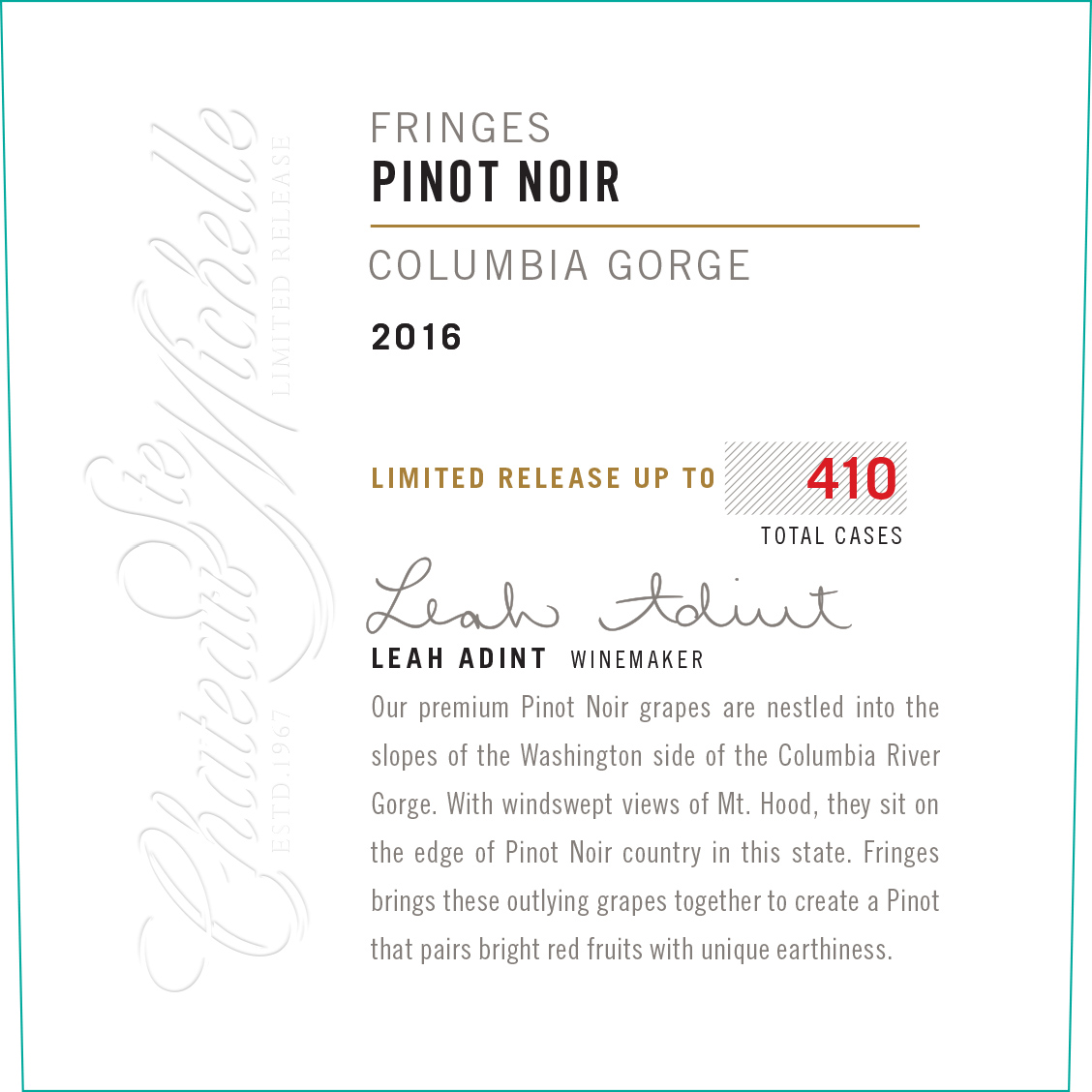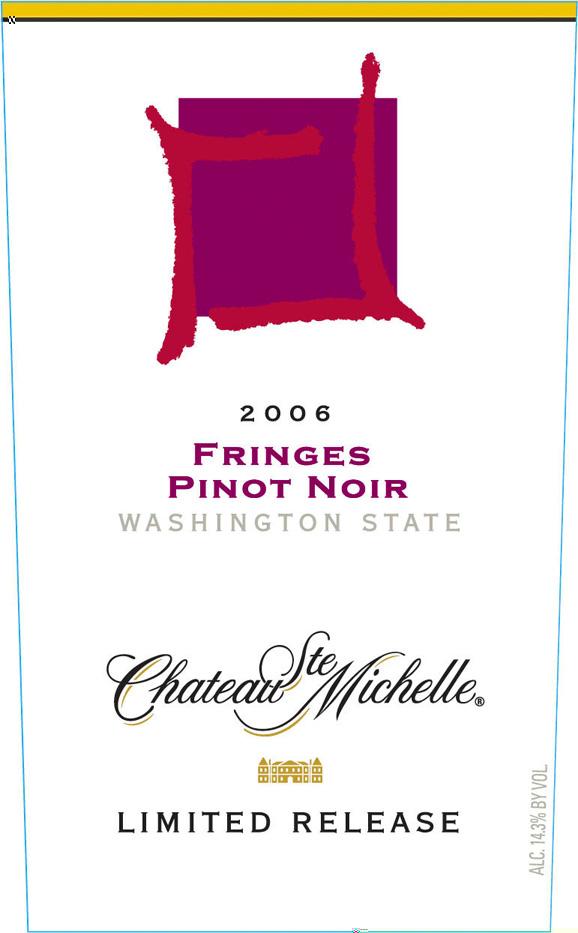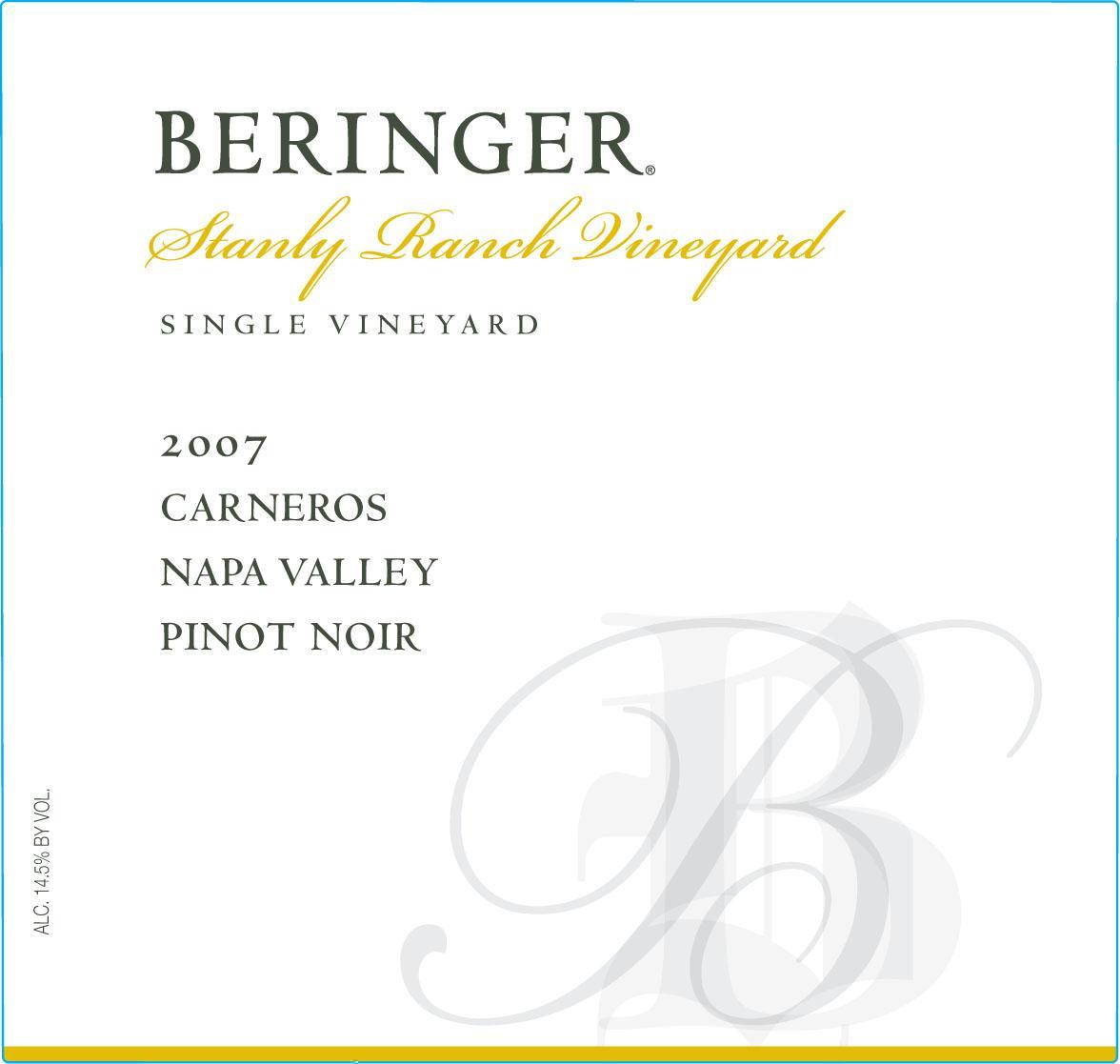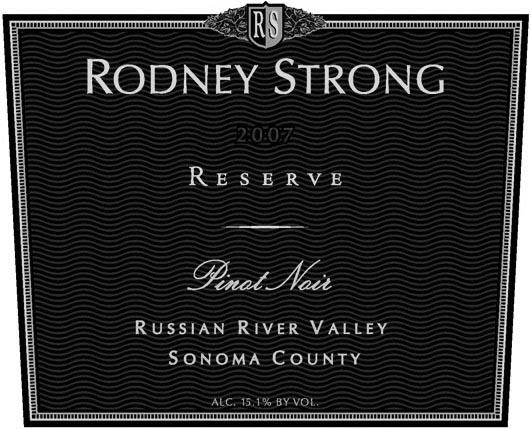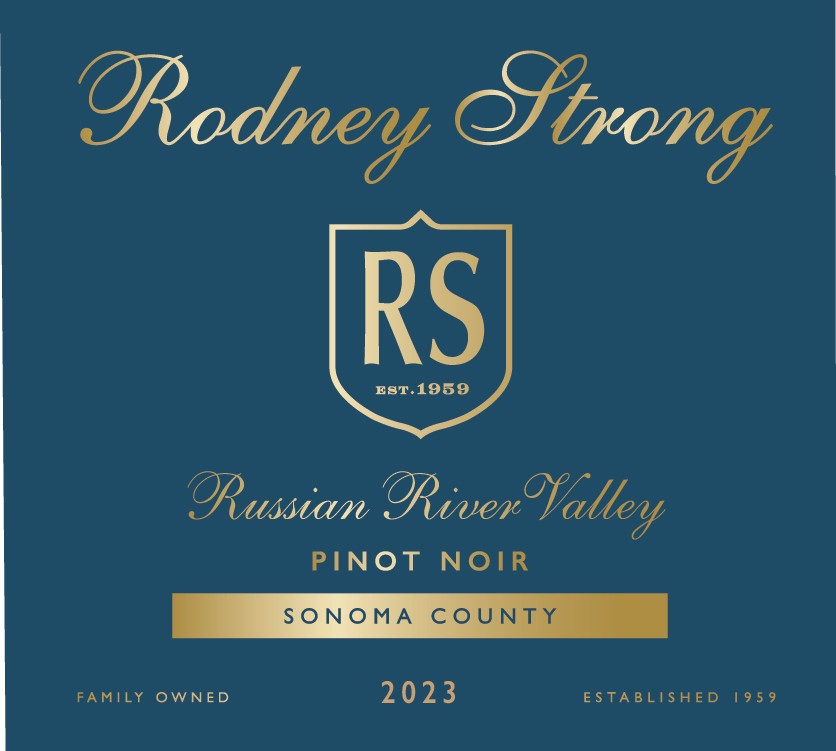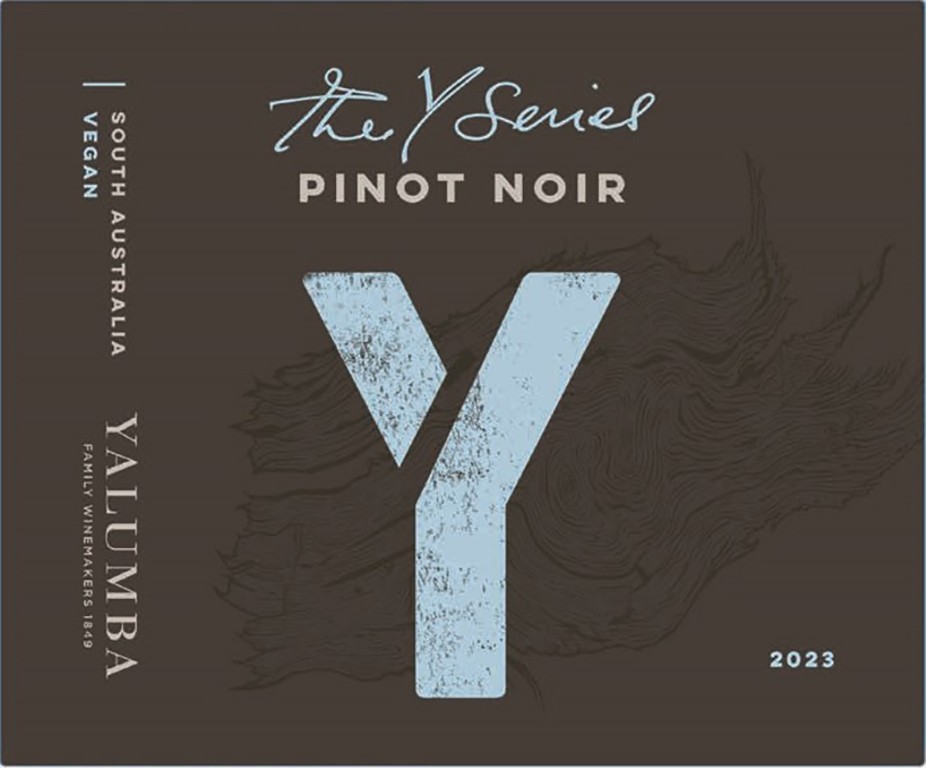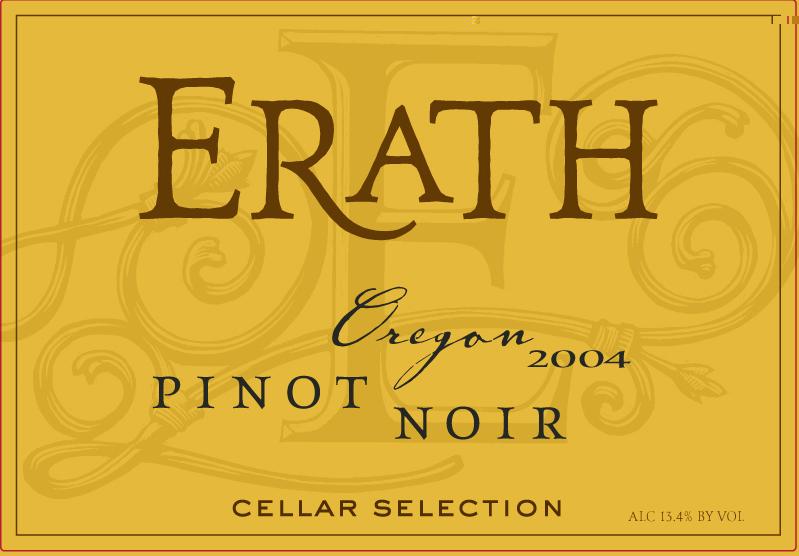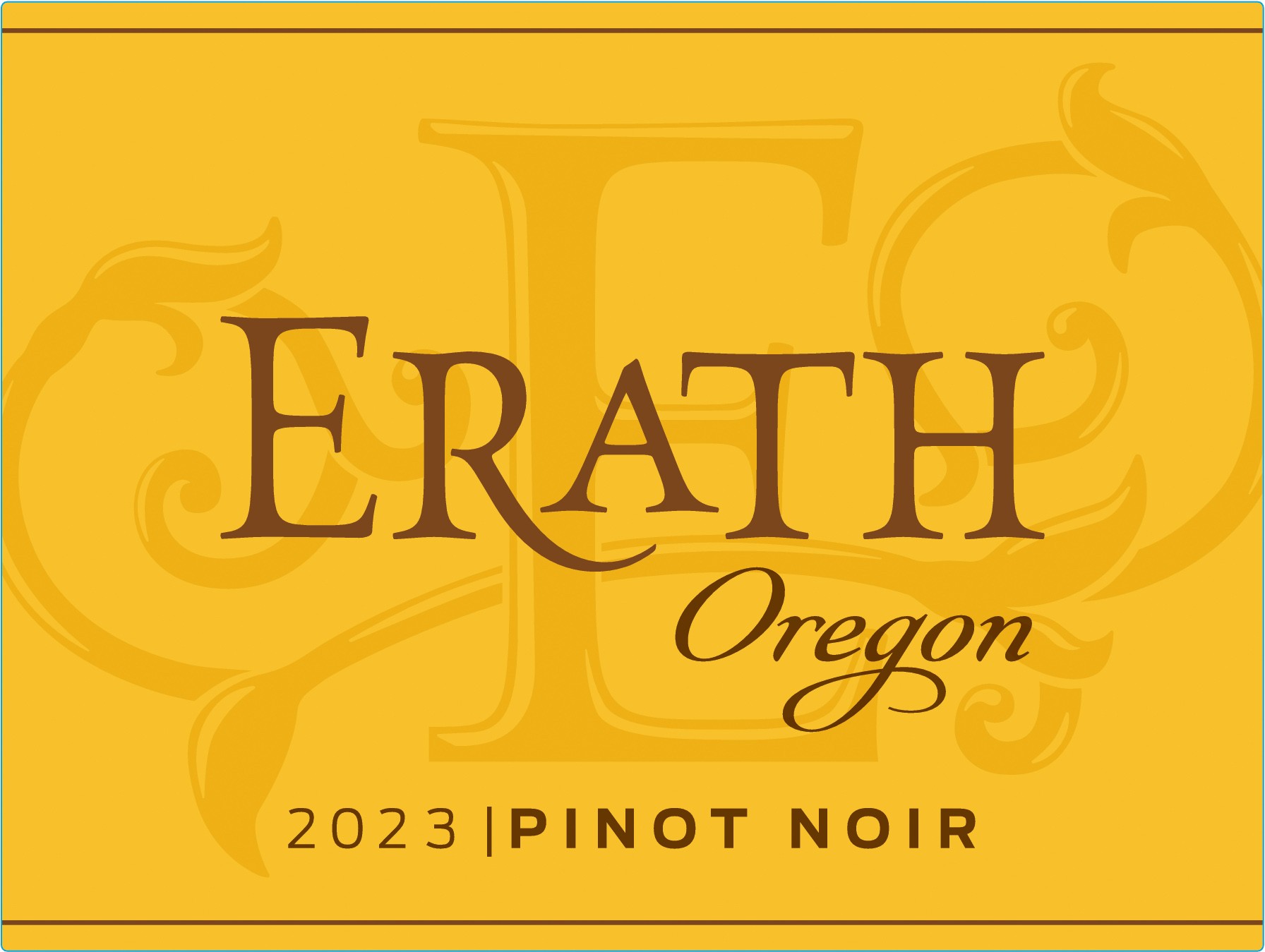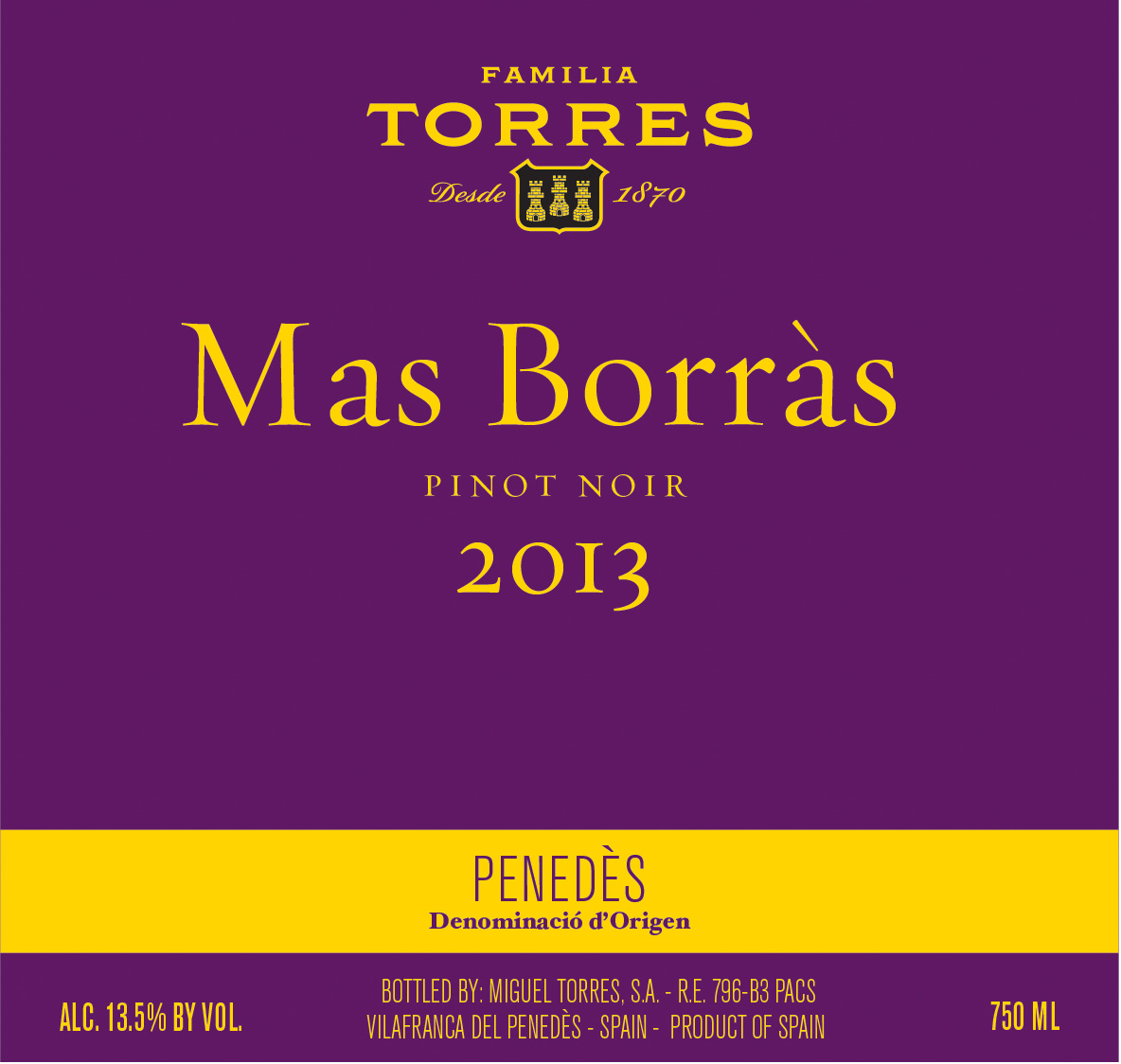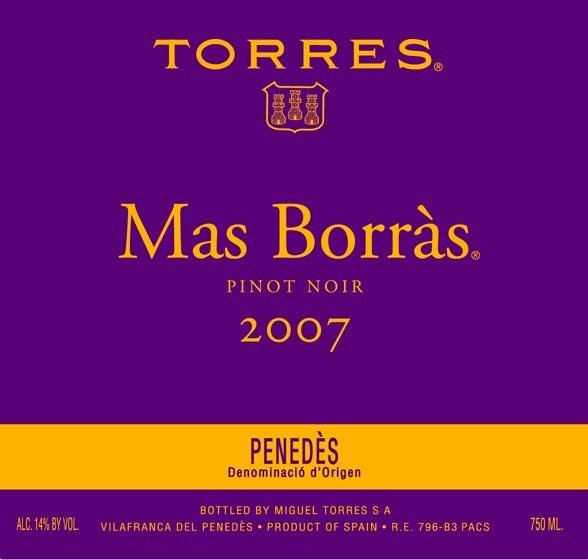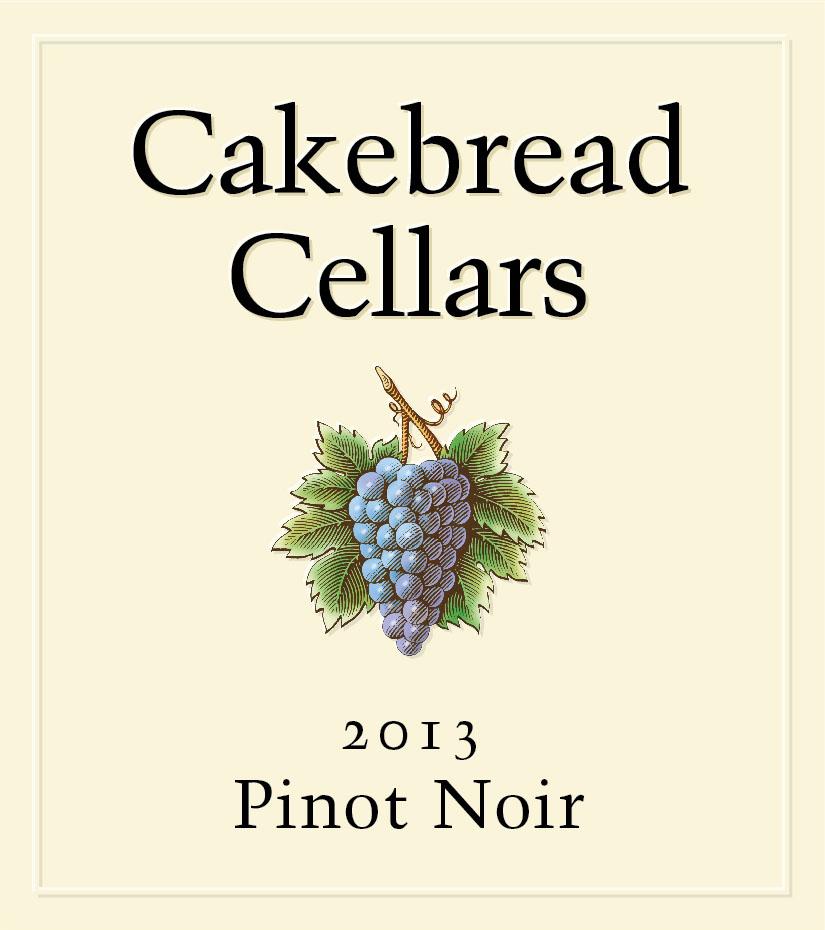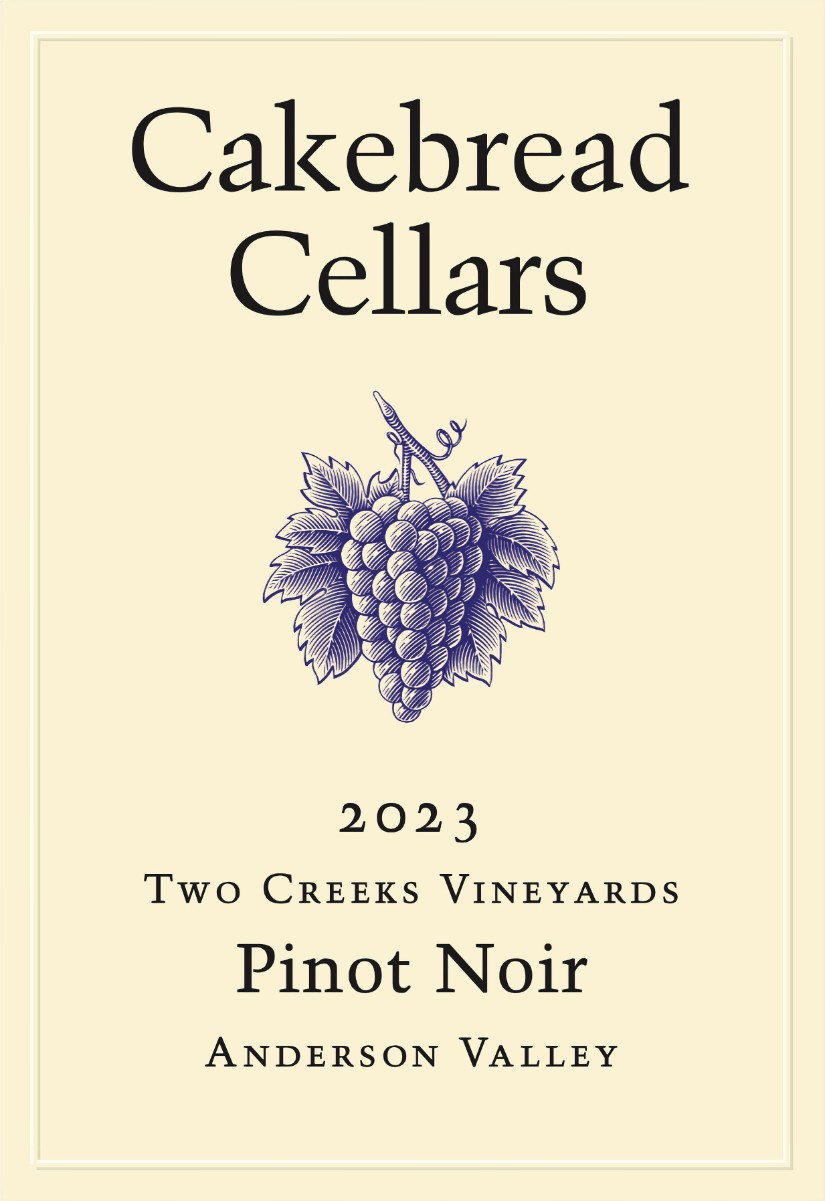Characteristics of Pinot Noir
Pinot Noir stands out for its delicate structure and expressive aromatics. Its thin skins and compact clusters lead to wines that are lighter in color, often showing a translucent ruby or garnet hue with a hint of orange at the rim.
On the palate, Pinot Noir is typically light to medium-bodied, with soft, silky tannins and a lively acidity that gives the wine freshness and lift. The grape's sensitivity to site and climate means it can show a remarkable range of flavors—from vibrant red berries and floral notes in cooler regions to deeper, earthier tones in warmer areas. This combination of elegance, brightness, and complexity is what makes Pinot Noir so captivating to wine lovers around the world.
What Does Pinot Noir Taste Like?
Cool climate Pinot Noir often bursts with vibrant red fruits like cherry, cranberry, and raspberry, complemented by lively acidity, a light to medium body, and fine-grained tannins. Aromatic complexity is enhanced by floral notes such as violet and hibiscus, alongside earthy nuances of mushroom, damp earth, and truffle.
In warmer climates, the wine expresses riper, darker fruits—plum, blackberry, and blackcurrant—with a rounder mouthfeel and richer structure. Regional distinctions become clear: classic areas highlight sage, thyme, and tarragon, while New World styles may weave in cola, black tea, vanilla, cocoa, and a touch of flinty minerality, reflecting both terroir and winemaking tradition.
Notable Region Pinot Noir Grows In
Pinot Noir’s reputation as a “terroir grape” means its character is shaped dramatically by where it’s grown, with each leading region offering a distinct interpretation of its delicate flavors and structure.
-
France – Burgundy (Côte d'Or): The benchmark for Pinot Noir, Burgundy produces wines renowned for their elegance, complexity, and age-worthiness, showing layers of red fruit, floral notes (rose, violet), earth, and mineral, with savory and gamey notes developing as they age.
-
USA – Oregon (Willamette Valley): Willamette Valley Pinot Noir is admired for its bright acidity and vibrant cranberry and cherry fruit, often accented by floral or subtle tea notes, with remarkable balance and finesse.
-
USA – California (Sonoma Coast): Influenced by ocean breezes and fog, Sonoma Coast Pinots—especially from the West Sonoma Coast AVA—offer lively acidity, red and dark fruits, and a distinctive mineral or saline character, with tea or forest floor complexity; California also produces a wide range of styles, with notable subregions like Russian River Valley and Sta. Rita Hills.
-
New Zealand – Central Otago: Central Otago Pinot Noir is bold and structured, showing concentrated dark berry fruit, fresh acidity, pronounced mineral streaks, and the region’s signature wild thyme and spice notes.
Food Pairings
Pinot Noir’s lively acidity, soft tannins, and layers of fruit and earth make it a perfect choice for a wide variety of food pairings:
-
Main Dishes: Enjoy Pinot Noir with roast duck, grilled salmon, pork tenderloin, or mushroom risotto—its freshness and subtle fruit highlight each dish without overwhelming the flavors.
-
Cheese and Charcuterie: Pair it with semi-soft cheeses like Brie, Camembert, or Gruyère, and mild cured meats such as prosciutto or pâté, which match the wine’s gentle structure and complexity.
-
International Flavors: Pinot Noir’s versatility shines with everything from French Coq au Vin and Italian bolognese to Asian dishes with sweet and savory notes, making it a go-to for both classic and global cuisine.


